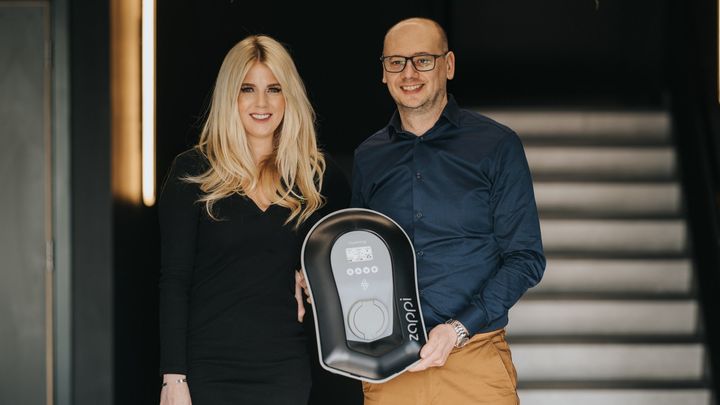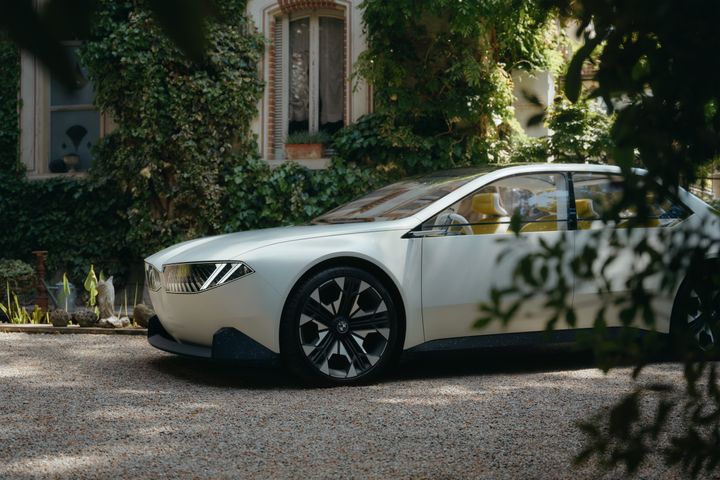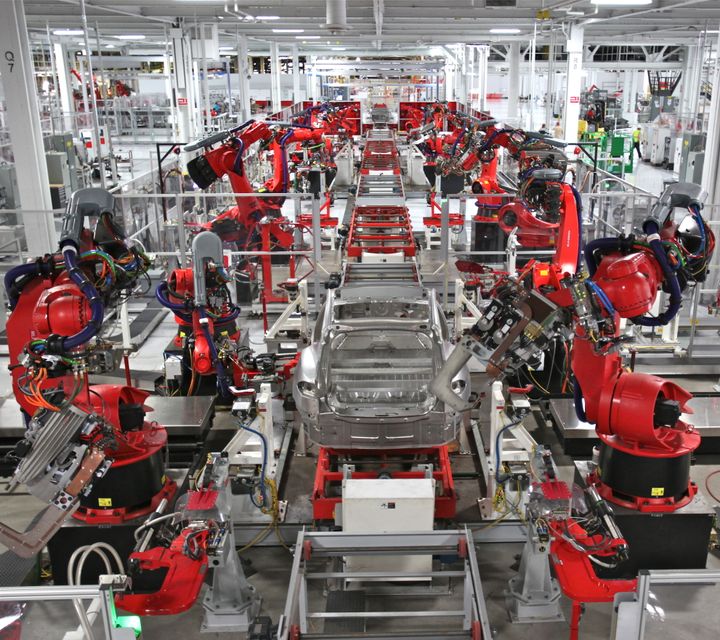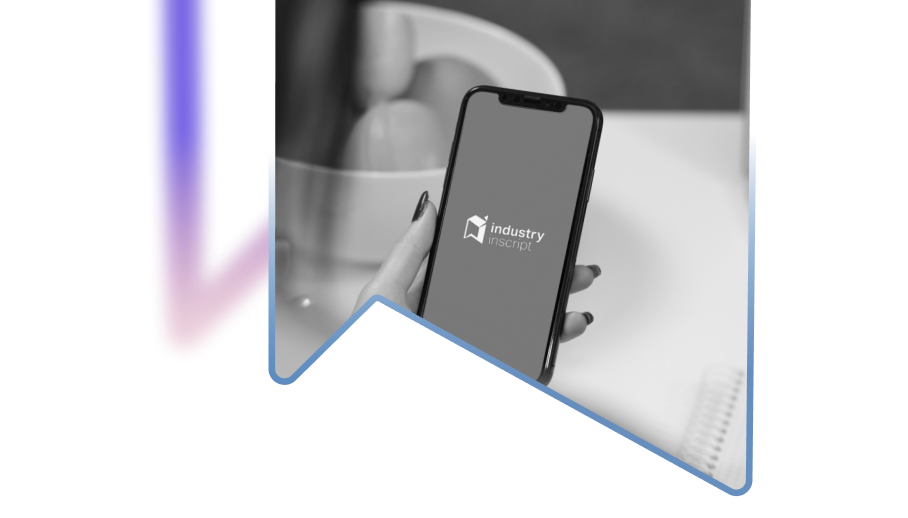Saudi Arabian Team Devises Cost-Effective Method to Extract High Purity Lithium from Seawater
A team of researchers from King Abdullah University of Science and Technology (KAUST), Saudi Arabia have developed a method of lithium extraction that utilises the most abundant yet elusive source on Earth, seawater. The continuous electrically-driven membrane process was conducted on samples from Red Sea water from 0.21 to 9013.43 ppm with a nominal Li/Mg selectivity > 45 million. The method of extracting lithium directly from seawater is a promising approach to secure the supply of Li and meet the growing future demand of rechargeable EV batteries.
Lithium, the lightest known metal and the least dense solid element, is emerging as a strategically important and most promising candidate for powering electric or hybrid vehicles. The energy-critical element is used to make rechargeable batteries as it stores more energy by weight than other materials and has higher energy density besides a longer life-cycle with lower maintenance. However, the land reserves of the light metal aren't enough to meet the demand for decarbonizing the whole world. According to NS Energy Business, global lithium reserves are about 80 million tonnes with Bolivia holding 21 million tonnes, Argentina 17 million tonnes and Chile 9 million tonnes mt. Three other major sources include the US (6.8 million tonnes), Australia (6.5 million tonnes) and China (4.5 million tonnes). The global lithium demand is expected to be boosted to 1.4 - 1.7 million tonnes by 2030, while the lithium land reserves are expected to be exhausted by 2080. The rising demand is primarily linked to the extensive use of Li-ion batteries in electronic devices, and now for making power-packed rechargeable EV batteries.
The ocean contains about 5,000 times more lithium than on land, but in a highly diluted form (present at approximately 0.2 parts per million). To solve this problem, researchers from King Abdullah University of Science and Technology (KAUST) have developed a method to extract limitless lithium supply, a vital element for electric batteries, pulling it straight out of seawater in a more cost-effective way.
As per the research published in the journal Energy & Environmental Science and titled - “Continuous Electrical Pumping Membrane Process for Seawater Lithium Mining”, the KAUST team led by Zhiping Lai used an electrochemical cell containing a ceramic membrane made from lithium lanthanum titanium oxide (LLTO). The holes in the cell’s crystal structure are designed to allow passage for the lithium ions while blocking bulkier metal ions.
Zhen LI, the developer of the cell, said: “LLTO membranes have never been used to extract and concentrate lithium ions before.” The cell comprises three compartments. The first compartment is the central feed chamber in which the seawater enters. In this part, positive ions permeate through the LLTO membrane and into a side compartment containing a copper cathode coated with ruthenium and platinum, and a buffer solution. The negative ions are released from the feed chamber via a traditional anion exchange membrane, moving on to a third compartment containing a sodium chloride solution and a platinum-ruthenium anode.
At a voltage of 3.25V, the cell generates hydrogen gas at the cathode and chlorine gas at the anode. This leads to the transportation of lithium through the LLTO membrane, where it accumulates in the side-chamber. This lithium-enriched water then becomes the feedstock for four more cycles of processing, eventually reaching a concentration of more than 9,000 ppm. Adjusting the pH of this solution generates solid lithium phosphate with a purity of 99.94% that contains mere traces of other metal ions, pure enough to meet battery manufacturers requirements.
The researchers estimate that the cell would consume only $5 worth of electricity to extract 1 kilogram of lithium from seawater, which can be easily offset by the value of hydrogen and chlorine produced by the cell. Further, residual seawater could be used in desalination plants to provide fresh water.
Group leader Zhiping Lai says that the team will continue optimizing the membrane structure and cell design to improve the process efficiency.
A significant increase in the adoption of EVs on the global level and enhanced focus on sustainable development goals has led to an unprecedented demand for LIBs. Major automakers including Ford, General Motors, etc. are shifting from fossil fuels vehicles to greener alternatives. But if we run out of lithium, these plans are solely stop-gaps for the automobile industries. The lithium supply from seawater can act as a nearly infinite global lithium resource, making it possible to meet the soaring future demand, energy sustainability and circular economy goals.




 Industry Inscript is a subsidiary of Valiant and Company Ltd.
Industry Inscript is a subsidiary of Valiant and Company Ltd.
Comments ()